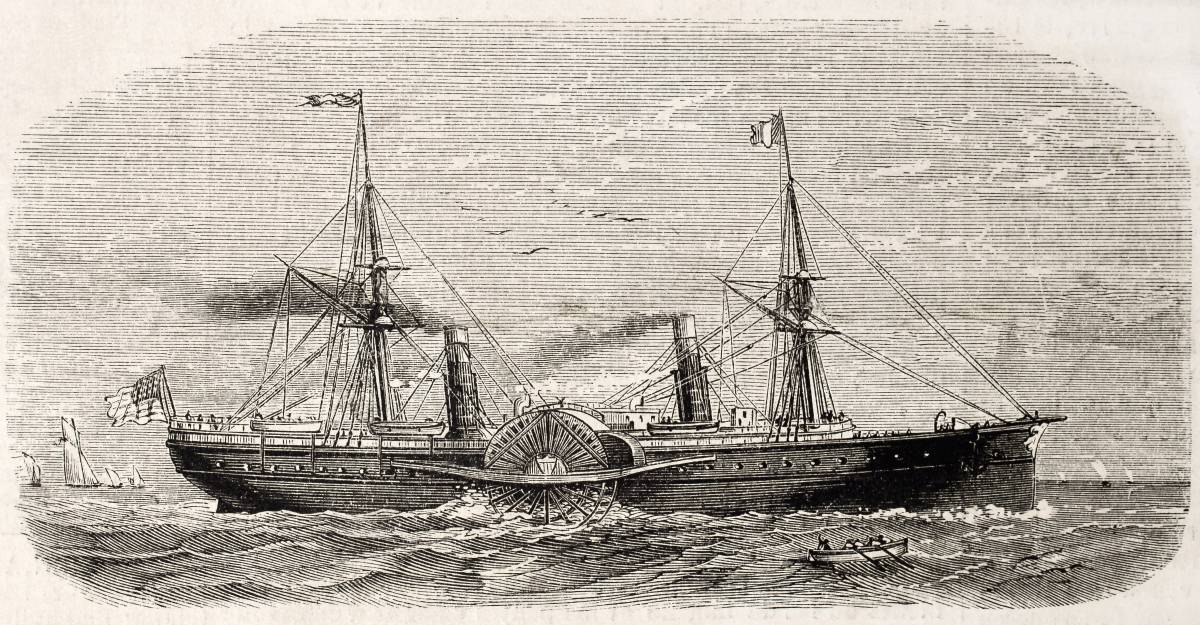(by Helen Doe on 22th April 2020)

Have you ever wondered about the small ports around the coast and what they looked like 150 years ago? Or seen a graceful tall ship and thought about its history? Perhaps you have seen the Cutty Sark or the ss Great Britain and wanted to know more. Or your ancestry search has uncovered some seafaring relatives. With these two courses you can take a virtual trip back in time to the nineteenth century when the ports and harbours around Britain were full of sailing ships and steamships. They travelled the world carrying goods and people and by the end of the century the vast majority of world trade was carried in British ships. It was a big industry with large numbers of men and women involved on land and at sea. Even the smallest of ports had people and ships that travelled across the oceans.
The Lost World of the Sailing Ships course looks at the wooden ships, built locally, manned and owned locally in small ports. Today’s tourist coastal towns and villages looked and sounded very different then and the course transports you to visit some of them. You can read about the tough lives of the masters and the mariners, understand the range of goods they carried and the dangers they met. Sailmakers, blacksmiths, ropemakers and blockmakers were just few of the additional occupations supporting the industry. The investors in these ships were usually local tradesmen and women who understood the complex maritime world. Indeed, there were many women involved in both owning and managing the business of ships and we meet some of them.

The nineteenth century was, of course, the great industrial era and the Steaming Ahead course looks at the great experiments in maritime steam with the first steamships to successfully steam all the way across the Atlantic. The course takes you through these first trials to the end of the period when the great liners ruled the waves and the shipping companies became the household brands we know today. Using iron rather than timber meant ships could grow in size and cargo capacity. This was a time of innovative engineers and shipbuilders like Brunel, Napier, Scott Russell, Elder and Lairds. The industry offered new job opportunities for men and women and steamships transformed world communications, first with their speed and then by laying underwater cables. Mass migration was made possible, but sailing ships did not totally disappear. They were transformed and grew larger being built of iron and then steel. All of this was powered by people of the Victorian age who pioneered new ways of crossing the oceans.
Discover the lost worlds of sailing ships and steamships: